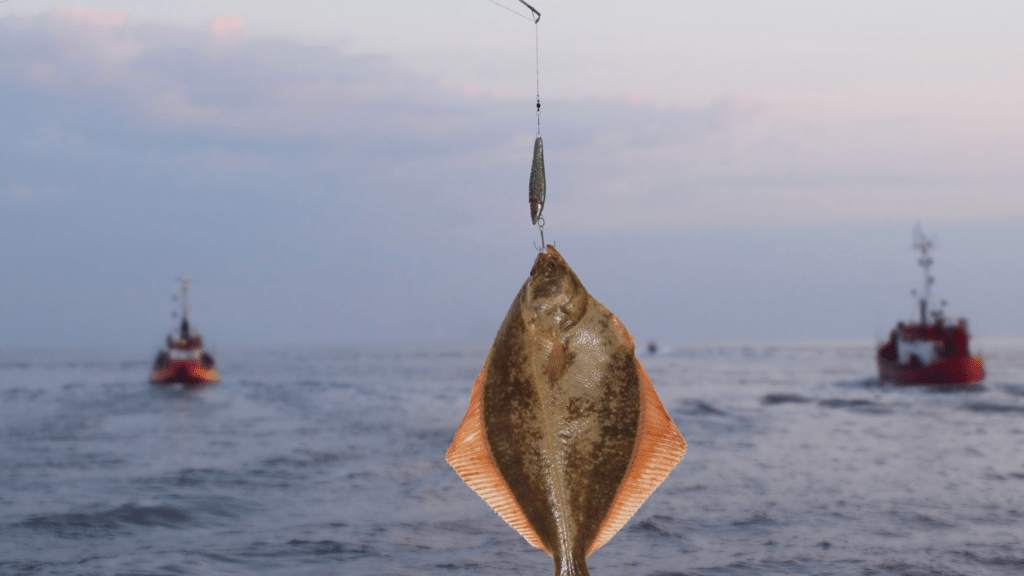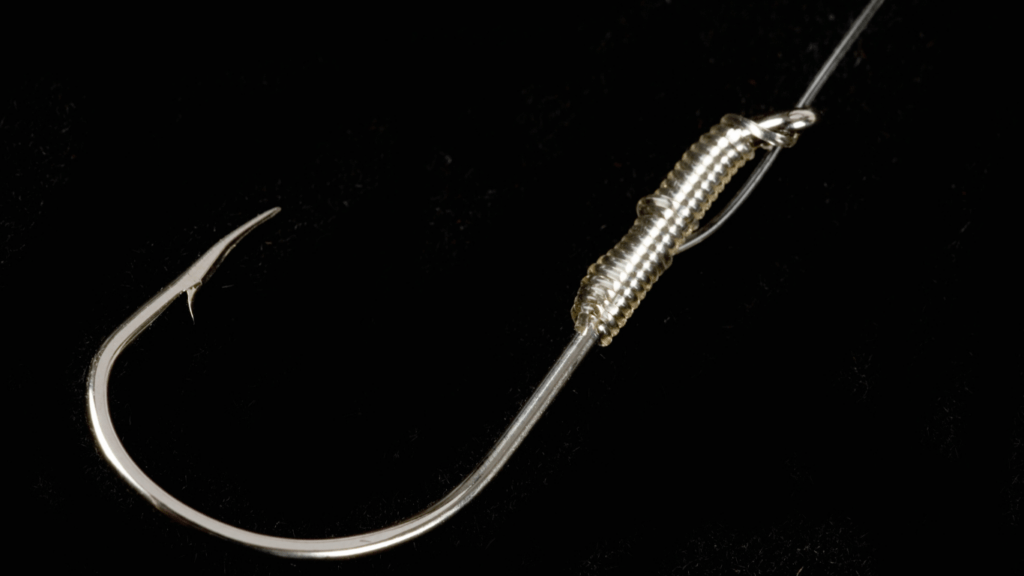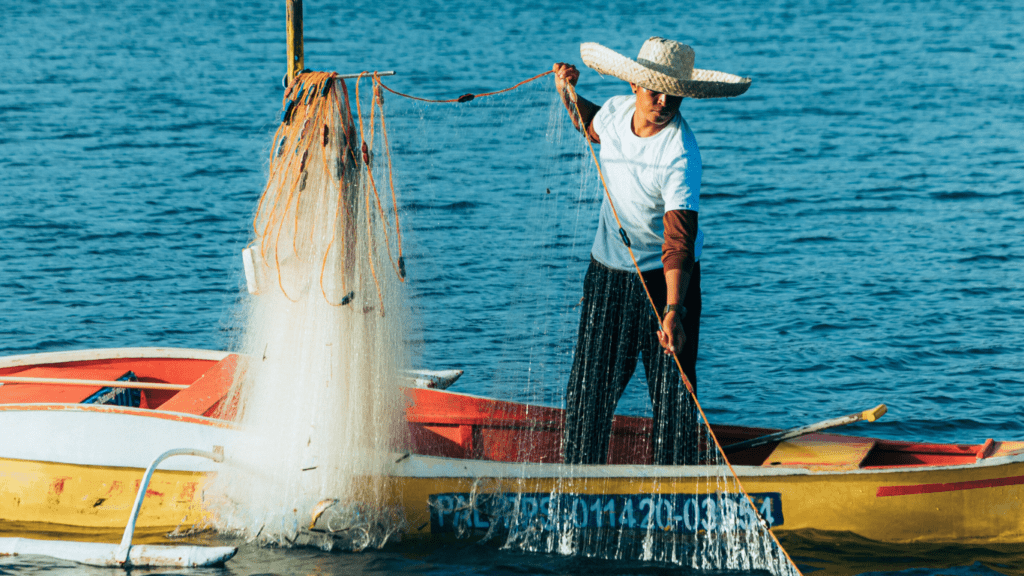There’s nothing quite like the adrenaline rush of hooking a big fish. Your heart races, the reel screams, and for a moment, it’s just you and the catch of a lifetime. But as thrilling as it is, landing that trophy fish takes skill, patience, and the right technique. Without them, you risk watching your prize slip away.
Understanding the Basics of Fighting Big Fish
Landing a big fish requires understanding their behavior and mastering techniques that prevent lost catches. Success depends on:
- preparation
- knowledge
- execution
The Importance of Proper Technique
Using proper technique ensures control when battling large fish. Maintaining steady tension is critical to prevent the hook from slipping. I adjust drag settings to allow the fish to pull line without snapping it while always keeping the rod tip up. Quick reactions, like reeling down during slack moments, avoid giving the fish an opportunity to escape.
Positioning plays a significant role. Aligning the rod at a 45-degree angle to the water maximizes leverage. Applying side pressure tires the fish faster by moving it off balance. I avoid jerking motions as they can tear the hook free or break the line.
Knowing Your Opponent: Common Big Fish Species
- Understanding the species makes predicting behavior easier.
- For bass, known for sudden jumps and thrashes, maintaining consistent tension minimizes risks during leaps.
- Kingfish, with their fast runs, require a smooth drag system to handle the high-speed bursts.
- Tuna, often diving deep, demand patience and a strong back-and-forth pumping technique to wear them down.
- Researching common techniques for target species increases your chances. For example, with marlin, I utilize short bursts of reeling and apply side-to-side pressure to counteract their leaps and runs.
- Recognizing a fish’s tendencies helps me strategize the fight effectively.
Essential Gear and Preparations
Landing big fish requires top-notch gear and thorough preparations. Using the right equipment and tools ensures better control during the fight and minimizes the risk of losing the catch.
Selecting the Right Rod and Reel
I always choose a rod and reel based on the fish species and fishing environment. For large species like tuna or kingfish, I opt for heavy-duty saltwater rods paired with high-capacity spinning or conventional reels. A rod with medium-fast to fast action provides better hook-setting power, while reels with smooth drag systems prevent line breakage during long fights. Matching the rod and reel ensures better balance and performance.
Choosing the Perfect Line and Leader
Using the right line and leader enhances strength and durability. Braided lines, with tensile strengths between 30-80 pounds, work well for long runs and heavy fish due to their no-stretch and sensitivity properties. For leaders, I use fluorocarbon or wire, depending on the fish. Fluorocarbon leaders (40-60 pounds) are abrasion-resistant, making them ideal for species with rough jaws or sharp surfaces. Wire leaders work better for toothy predators like kingfish or barracuda.
Other Must-Have Tools for the Fight
I bring essential tools to handle big fish effectively. A sturdy landing net or gaff helps secure the fish at the boat or shore. Pliers ensure quick hook removal, while a belt-and-harness combo provides extra support during extended battles. I also carry gloves for gripping the leader or fish to avoid injuries. A high-quality fish grip ensures control during handling, reducing the chances of losing the catch.
Techniques for Fighting Big Fish

Managing the fight effectively increases the chances of landing a big fish without losing it. Employing proven techniques ensures control, reduces fatigue, and minimizes the risk of line failure.
Mastering the Drag System
Setting the drag correctly prevents the line from snapping or spooling out uncontrollably. I adjust the drag tension to about 25-30% of the line’s breaking strength, ensuring smooth operation while the fish makes runs. For strong swimmers like tuna, I gradually increase drag pressure as the fish tires. Avoid sudden drag adjustments under tension to prevent stress points on the line.
Proper Rod Angles and Positioning
Maintaining optimal rod positioning ensures balanced pressure on the fish. I hold the rod at a 45-degree angle to apply maximum leverage without compromising line strength. When the fish dives, I lower the rod tip to absorb shock, and when it surfaces, I raise the rod to maintain tension. Improper angles, like pointing the rod directly at the fish, increase the risk of line breaks.
The Art of Pumping and Reeling
Pumping and reeling in a rhythm helps tire the fish while conserving my energy. I lift the rod slowly (pumping), then reel as I lower it back down, keeping consistent line tension throughout. For powerful species like kingfish, I maintain steady pressure during directional shifts. Rapid or jerky movements weaken the line and reduce control over the fight.
Strategies to Avoid Losing the Fish
Landing large fish requires sharp focus and adaptability in response to their tactics. Recognizing critical moments and responding correctly ensures control throughout the fight.
Recognizing Warning Signs
Identifying behavioral patterns helps prevent sudden losses. Big fish signal their intentions through rapid changes in movement, increased speed, or sudden dives. For example, tuna often surge downward when tired, while bass jump to shake hooks. Watching the rod tip and feeling for subtle changes in tension reveals these signs. Responding instantly by adjusting drag or repositioning the rod minimizes the risk of pulled hooks or broken lines.
How to Handle Long Runs and Head Shakes
Long runs test both gear and technique during a fight. When a fish takes off on a run, I keep steady tension by letting the drag system work while maintaining the rod’s position at a 45-degree angle. Avoid tightening the drag mid-run, as it increases break-off risk. For headshakes, which are especially common in tarpon or salmon, I lower the rod tip slightly to absorb shocks and maintain a constant line connection. Keeping the line tight ensures the hook stays embedded despite aggressive shaking.
Managing Fatigue for You and the Fish
Prolonged fights are exhausting, but endurance increases success rates. I pace myself by balancing pumping and reeling techniques, avoiding overexertion. Short bursts of effort followed by controlled breathing preserve my stamina. For the fish, quick landings reduce stress and mortality risks. Using appropriate tackle for the species cuts fight time, while maintaining steady pressure wears the fish out efficiently. Reducing exhaustion keeps fish healthier for release or consumption.





